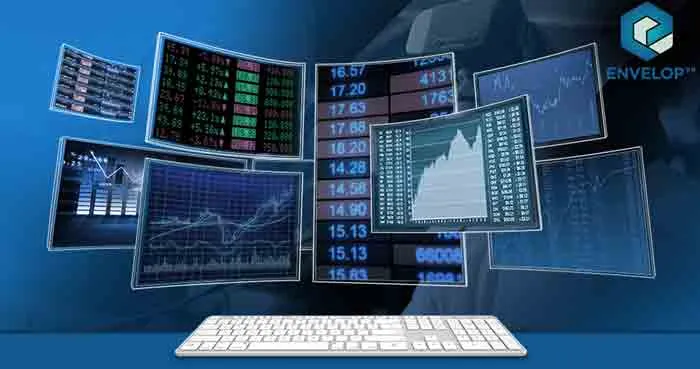Bellevue, Washington-based Envelop VR is shrouded in a bit of mystery. It hasn’t shown its solution publicly and the website makes bold promises of plans to allow developing VR while immersed in VR and using the medium for a number of useful business-focused applications, like data analysis and product visualization.
The company formed in late 2014 after co-founders Bob Berry and Jon Mavor got a demo of Valve’s room-scale VR solution. Envelop raised $2 million in June this year and in July VR pioneer Tom Furness joined the company as a senior scientific advisor. There are about 15 employees working there now with some open positions listed on the website. They co-hosted an inaugural VR conference last year and the follow-up SEA-VR event is coming up on Oct. 28 with more than 450 people registered to attend.

We wanted to get a better idea of what they’re working on and, in interviews with UploadVR, executives said they aim to build a kind of “VR Shell” for Windows that allows people to interact fully with their computers and develop a VR application without taking the headset off.
There is a big roadmap planned for Envelop VR’s software and a small circle of testers are expected to get access to it this winter with a sneak preview being given at the SEA-VR event. They are planning a broader beta in Q1 2016 near the launch of consumer PC-powered VR headsets. Mavor said he sees the keyboard and mouse being the first input methods they’ll support, though they eventually want to be platform agnostic.
“The end market is anyone that wants to interact with their computer in VR,” said Envelop CTO Jon Mavor. “Our plan is to support every input mechanism that we can get our hands on that isn’t junk…[but] you’re not going to use controllers to enter code.”
The current state of VR development is extremely difficult, with developers forced to take the headset on and off to test changes to code. Each app is a separate bundle that runs independently, so if you, say, want to experience something in VR and then take a Skype call for a moment you have to take the headset off to take the call and then put it back on and relaunch the experience. Envelop aims to allow people to keep the headset on the whole time for that kind of multi-tasking.
“Not only can we facilitate that,” said Mavor. “I was doing that today.”
Multi-tasking while in VR is not just a problem for VR devs. PCs have allowed windowed multi-tasking for decades and powerful mobile phones have opened up second-screen viewing while watching TV for as much as 87% of consumers. Any VR platform limiting a person to one activity at a time, like the Gear VR currently does, might seem like a step backward in the long run.

























